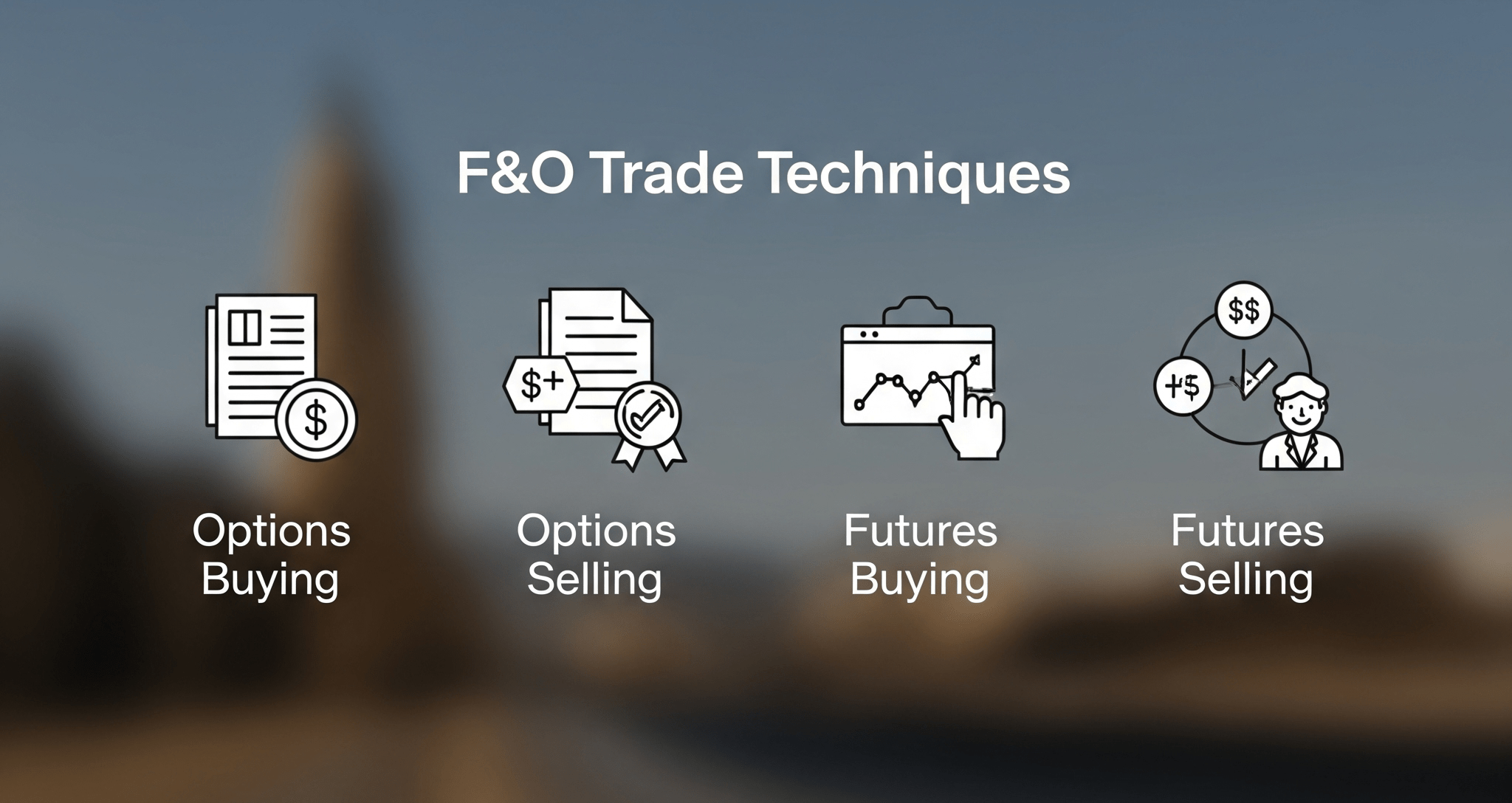Many traders often ask whether mathematical methods exist for trading futures effectively. The answer is a resounding yes. However, the critical question is: how to implement a model that yields decent returns while effectively managing risk?
Before diving into methodologies, let's understand futures trading at its core. In simplest terms, it's an agreement between buyer and seller to execute a trade at a predetermined future date. Both parties initiate the trade by depositing margin money, with the exchange guaranteeing the obligation through daily Mark-to-Market (MTM) procedures.
⚠️ Key Risk: Unmanaged futures trading during high volatility can lead to substantial losses. Your success depends entirely on effective risk management strategies.

